Entregar a Peru
IPara la mejor experiencia Obtener la aplicación
Servicios al cliente
Sobre nosotros
Copyright © 2024 Desertcart Holdings Limited




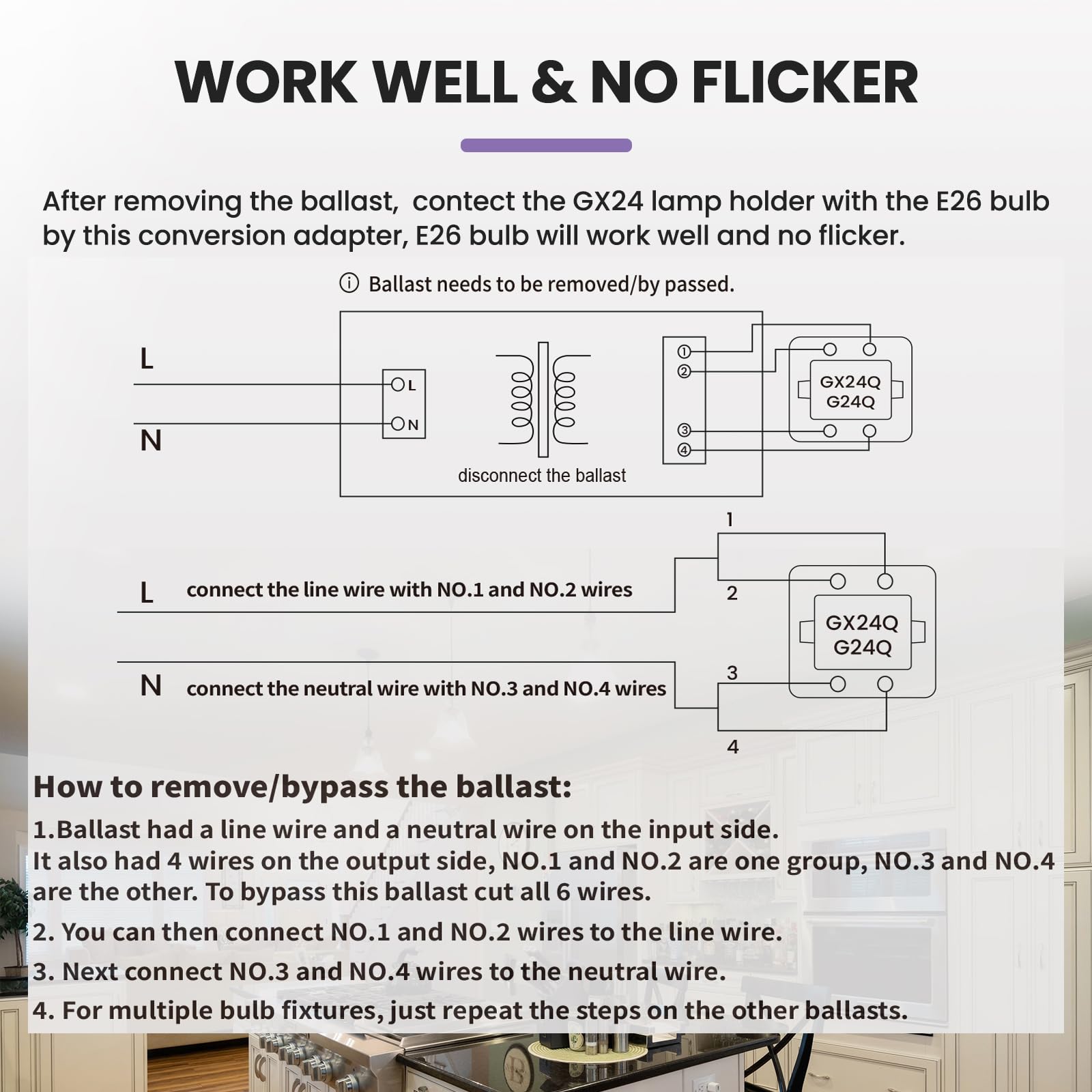
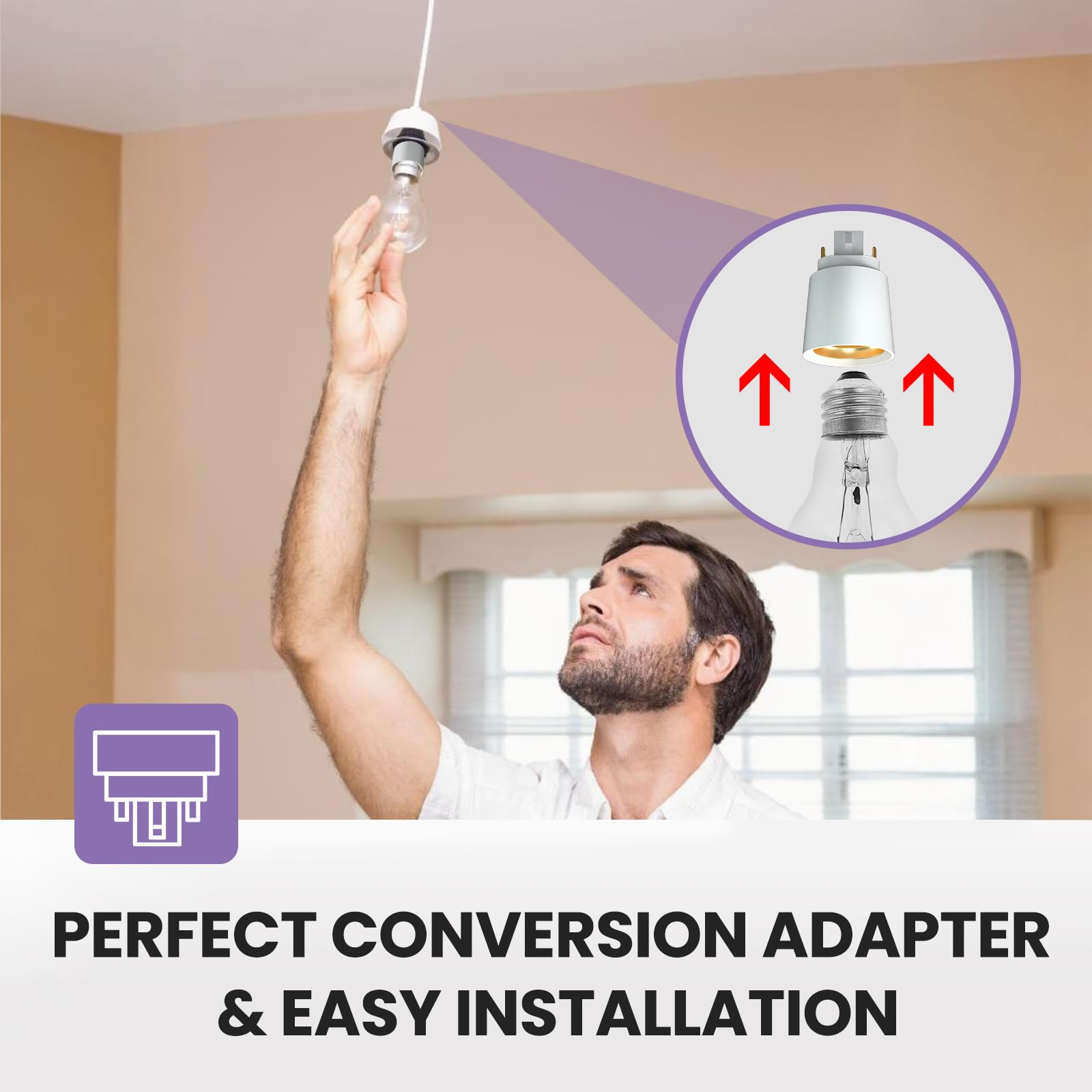

💡 Illuminate Your Space with Ease!
The Bonlux Gx24q to E26 Adapter is a versatile lighting solution that allows you to convert your GX24Q sockets to standard E26/E27 bases effortlessly. Designed for compatibility with multiple CFL 4 pin bases, this adapter eliminates the need for a ballast, ensuring a stable and flicker-free lighting experience. Constructed with durable, high-temperature resistant materials, it promises long-lasting performance and easy installation, making it perfect for both home and office use.
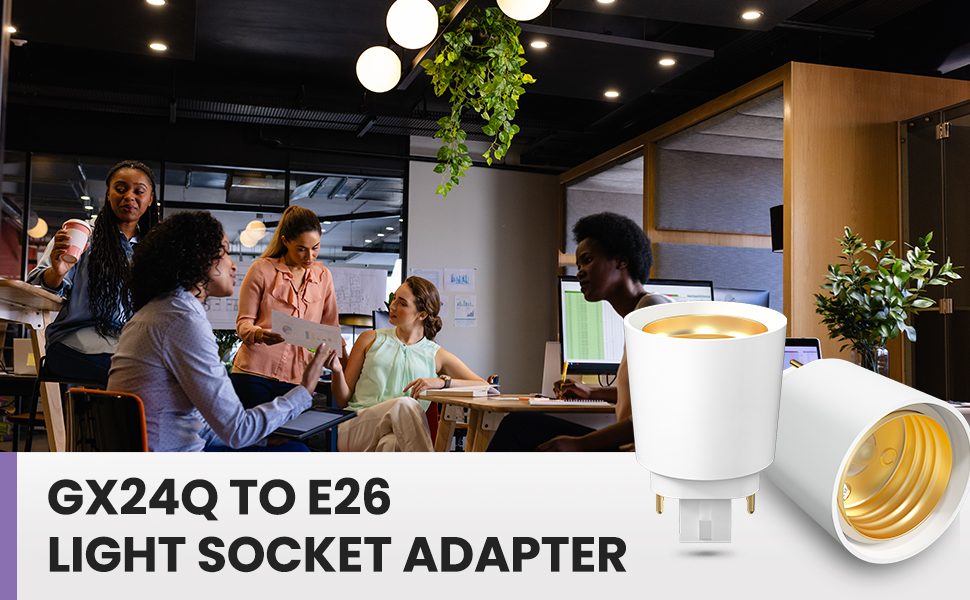
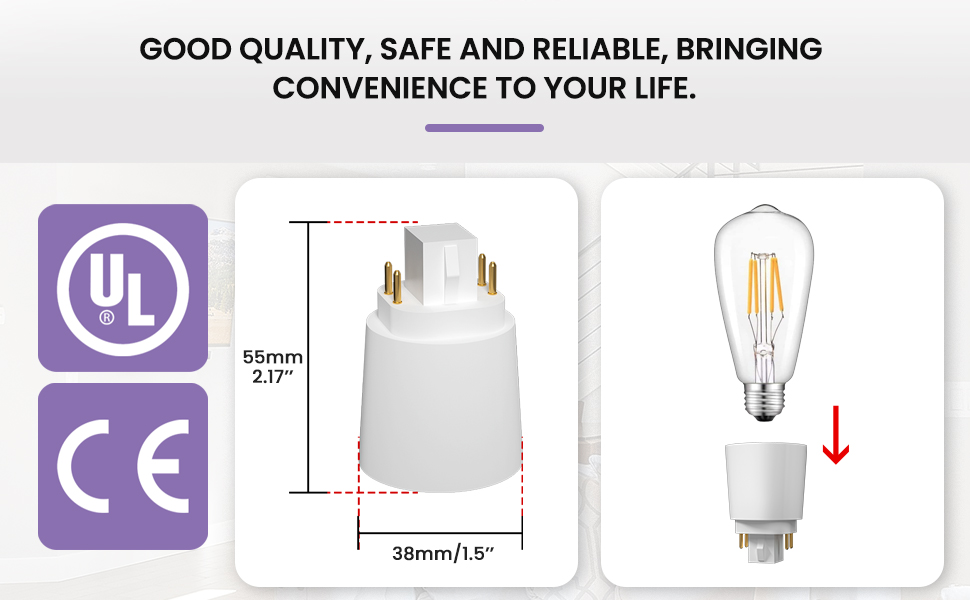
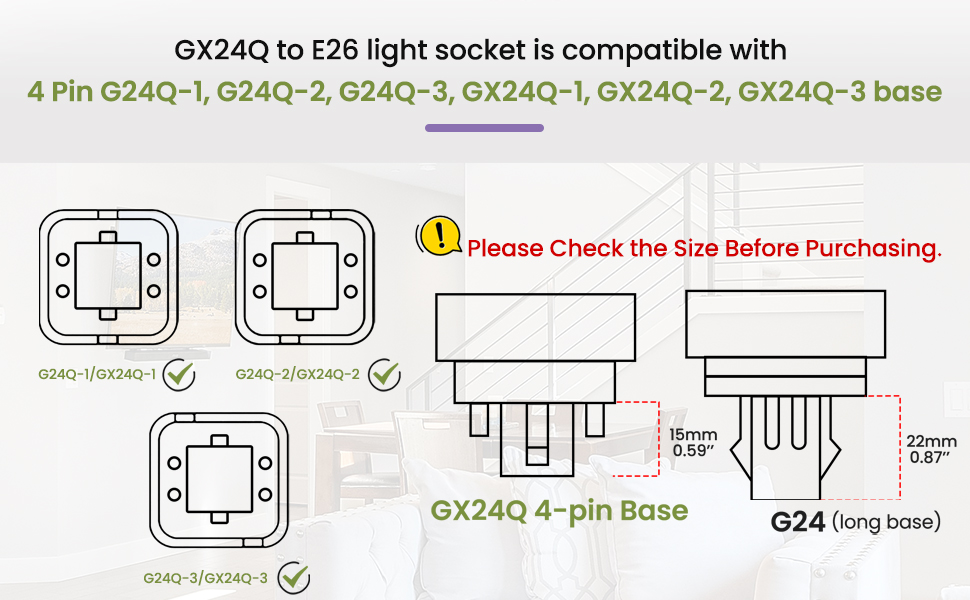
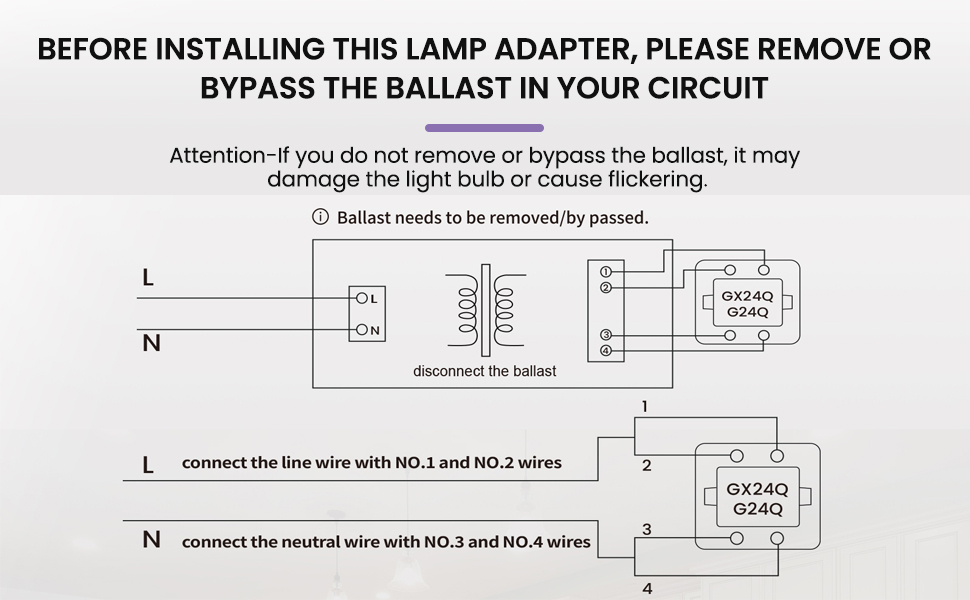
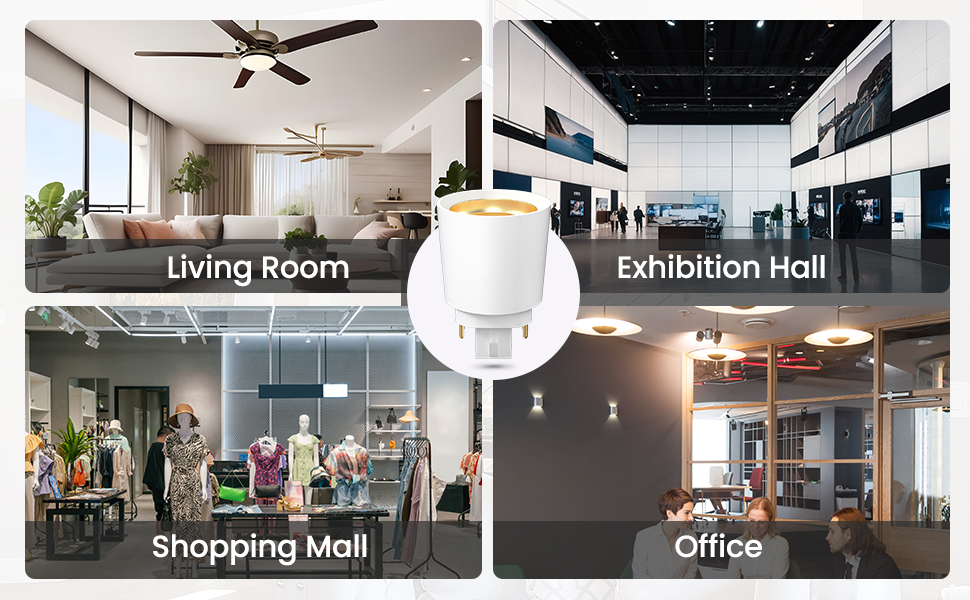
Trustpilot
Hace 2 semanas
Hace 2 meses